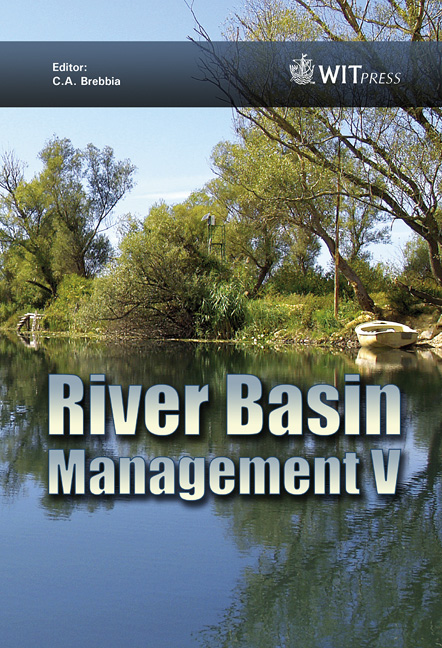Mitigation Of Estuarine Eutrophication Processes By Controlling Freshwater Inflows
Price
Free (open access)
Transaction
Volume
124
Pages
12
Page Range
339 - 350
Published
2009
Size
4,626 kb
Paper DOI
10.2495/RM090311
Copyright
WIT Press
Author(s)
A. A. L. S. Duarte & J. M. P. Vieira
Abstract
Residence time is broadly recognised as a key-parameter to assess estuarine eutrophication vulnerability since it is related to the eutrophication gradients observed in many estuarine systems. The increase of estuarine flushing capacity can be seen as a management measure to mitigate or to invert eutrophication processes. The southern arm of the Portuguese river Mondego estuary was strongly stressed by an eutrophication process due to massive nutrient loading from urbanised areas, aquaculture farms and agricultural land runoff. A research work was carried out in the development of a hydroinformatic tool (MONDEST model) for the description and assessment of freshwater inflows effects on residence time spatial variation in estuarine systems. This tool was applied in the identification of the most critical zones subjected to an eutrophication process, considering different hydrodynamic scenarios. MONDEST model can be a powerful tool for enhancing wetland eutrophication vulnerability assessment in order to establish the best water quality management practices and restoration measures for the environmental sustainability of this complex aquatic ecosystem. Keywords: estuarine sustainable management, wetlands, hydroinformatics, eutrophication, residence time, Mondego estuary.
Keywords
estuarine sustainable management, wetlands, hydroinformatics, eutrophication, residence time, Mondego estuary





